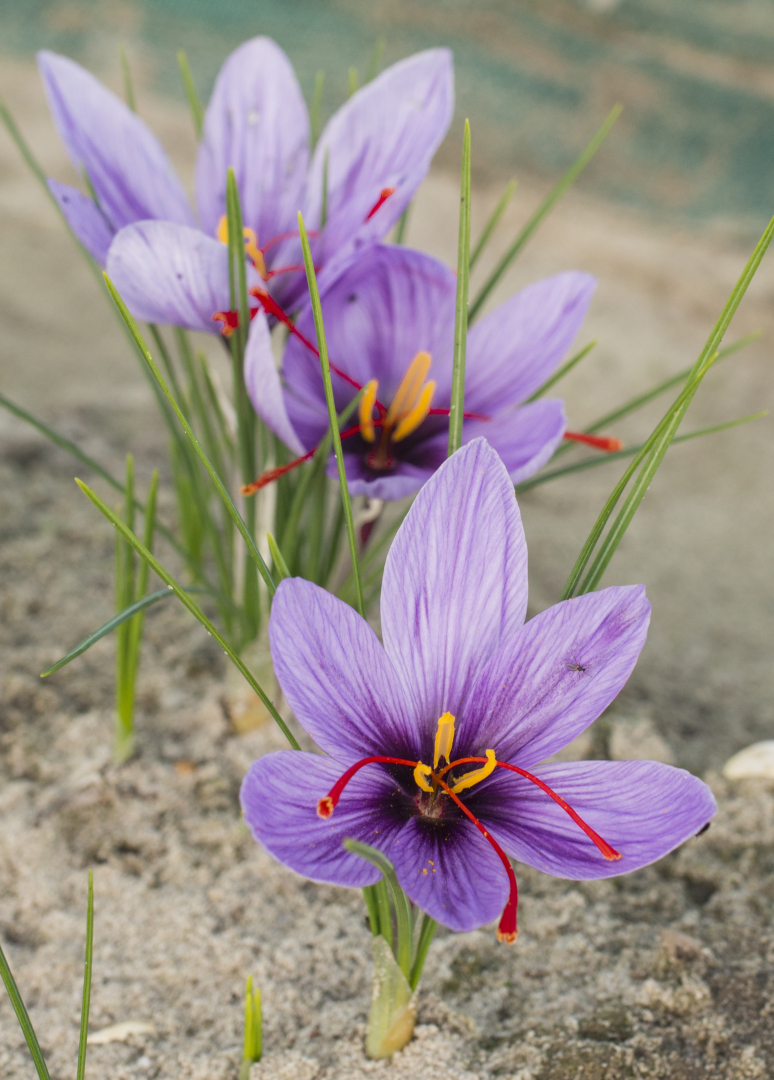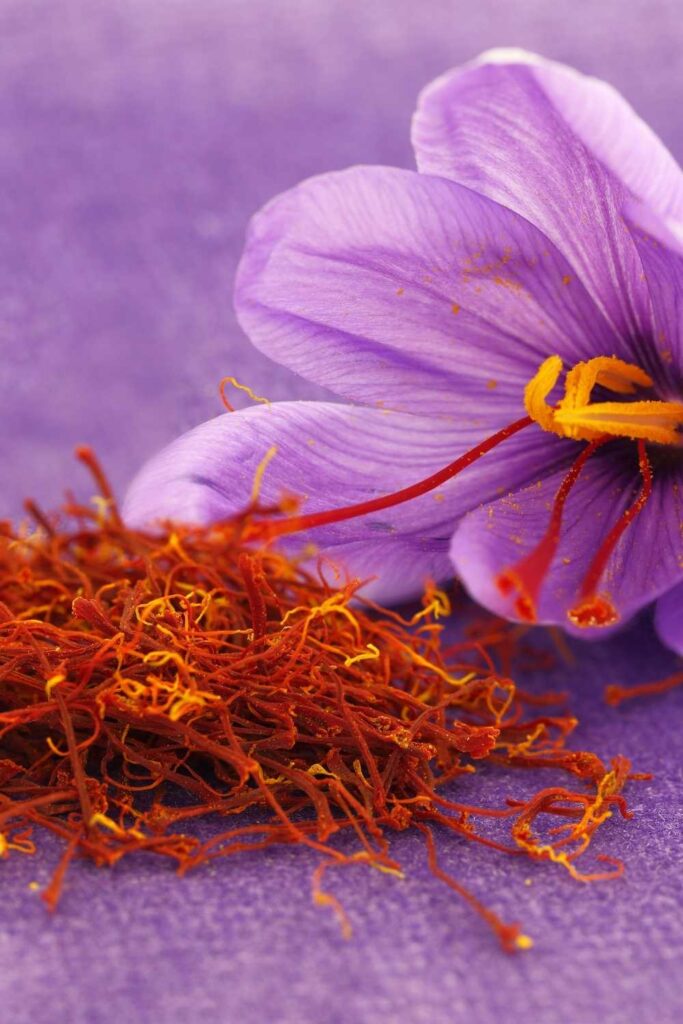In the world of spices, few are as rare and revered as saffron. Known as “the golden spice,” Crocus sativus is not just a culinary ingredient but a symbol of luxury, history, and cultural significance. This article explores everything you need to know about Crocus sativus spice, from its origins and cultivation to its uses and health benefits.
Table of Contents
1. What is Crocus Sativus Spice?
2. The History of Saffron
3. Cultivation and Harvesting Process
4. How Much Saffron Can You Get from 20 Bulbs?
5. The Science Behind Saffron’s Value
6. Health Benefits of Saffron
7. Saffron in Modern Cuisine
8. Frequently Asked Questions
What is Crocus Sativus Spice?

Crocus sativus, commonly known as saffron, is a flowering plant that belongs to the iris family. It is native to the Mediterranean region and has been cultivated for thousands of years. The spice is derived from the dried stigmas of the flower, which are hand-picked and carefully processed to preserve their quality.
Each flower produces only three stigmas, making saffron one of the most labor-intensive and expensive spices in the world. Despite its high cost, saffron is prized for its unique flavor, vibrant color, and numerous health benefits.
The History of Saffron

Saffron’s history dates back to ancient civilizations. Archaeological evidence suggests that it was used by the Mesopotamians and Greeks as early as 1600 BCE. It was valued not only for its culinary use but also for its medicinal properties and as a dye.
In ancient Egypt, saffron was used in cosmetics and embalming rituals. Cleopatra is famously said to have bathed in saffron-infused water for its beautifying effects. In Greek mythology, the story of Hermes turning his friend Krokos into the Crocus flower adds a romantic touch to saffron’s origin.
Over time, saffron spread across Europe and Asia, becoming an essential part of many cuisines and cultures. During the medieval period, it was so valuable that it often served as currency. Today, saffron remains a symbol of luxury and is used in both traditional and modern dishes around the world.
Cultivation and Harvesting Process
Crocus sativus is a perennial plant that thrives in well-drained, fertile soil with a pH range of 6 to 8. It requires full sun and moderate temperatures, typically growing best in temperate climates. The bulbs are planted in late summer or early fall, and the flowers bloom in the fall, producing three stigmas per flower.
Harvesting saffron is a meticulous process. The flowers must be picked early in the morning when they are fully open. The stigmas are then carefully removed using tweezers or fingers. Once harvested, the stigmas are dried to preserve their quality and potency.
How Much Saffron Can You Get from 20 Bulbs?

One of the most frequently asked questions about saffron is how much can be obtained from a given number of bulbs. On average, each Crocus sativus bulb produces 2-3 flowers per year. With 20 bulbs, this would result in approximately 40-60 flowers. Each flower contains three stigmas, giving a total of 120-180 stigmas.
It takes about 150-200 stigmas to produce 1 gram of saffron. Therefore, from 20 bulbs, you can expect to harvest approximately 0.6-0.9 grams of finished saffron. While this may seem like a small amount, it reflects the labor-intensive nature of saffron production and explains why it is one of the most expensive spices in the world.
The Science Behind Saffron’s Value
A preliminary study on the chemical composition of saffron samples from various regions—such as Western Macedonia in Greece, Khorasan Province in Iran, Sardinia in Italy, and Castilla-La Mancha in Spain—revealed that saffron has a complex chemical profile. Using techniques like UV-Vis, HPLC, and GC analyses, researchers identified key quality parameters such as hydrogen, carbon, and nitrogen stable isotopes.
Multivariate analysis showed that while 60.7% of saffron samples could be correctly assigned to their respective countries based on chemical data, the combined bio-element stable isotope data reliably classified 100% of the samples according to their geographical origins. These findings highlight the importance of origin-specific characteristics in determining saffron’s quality and authenticity.
Health Benefits of Saffron

Beyond its culinary and aesthetic appeal, saffron has been studied for its potential health benefits. Research suggests that saffron contains antioxidants that may help reduce inflammation and improve mood. It has also been linked to improved cognitive function and cardiovascular health.
Additionally, saffron is rich in nutrients such as vitamin C, potassium, and magnesium. Its unique compounds, including crocin and safranal, contribute to its distinct aroma and flavor, making it a valuable addition to any diet.
Saffron in Modern Cuisine
Today, saffron continues to be a staple in many global cuisines. It is a key ingredient in Spanish paella, Italian risotto, and Indian biryanis. Its ability to enhance both flavor and color makes it a favorite among chefs and home cooks alike.
In addition to savory dishes, saffron is also used in desserts, beverages, and even skincare products. Saffron tea and saffron-infused cocktails have gained popularity, showcasing the spice’s versatility.
Frequently Asked Questions
Q: How long does it take for saffron bulbs to mature?
A: Saffron bulbs typically take about two years to reach full maturity and begin producing significant yields.
Q: Can saffron be grown in the United States?
A: Yes, saffron can be grown in the U.S., particularly in regions with a temperate climate, such as California, Oregon, and parts of Texas.
Q: Is saffron safe to consume?
A: When consumed in normal culinary amounts, saffron is generally safe. However, excessive consumption can lead to toxicity, so it should be used in moderation.
Q: How should saffron be stored?
A: To maintain its quality, saffron should be stored in an airtight container in a cool, dark place, away from moisture and direct sunlight.
Q: Can saffron be used for medicinal purposes?
A: While saffron has been traditionally used for its health benefits, it is important to consult a healthcare professional before using it for medicinal purposes.
Conclusion
Crocus sativus spice, or saffron, is more than just a luxurious ingredient—it is a treasure with a rich history, complex chemistry, and diverse applications. From its ancient roots to its modern-day uses, saffron continues to captivate people around the world. Whether you’re a chef, a gardener, or simply curious about this golden spice, there’s always something new to learn about saffron.
Stay updated with the latest news on rare spices and their cultural significance.
Author: Jane Smith
Title/Role: Culinary Historian and Spices Expert
Credentials: Jane has over 10 years of experience in food history and specializes in the cultural and scientific aspects of spices. She has contributed to several publications and is a frequent speaker at culinary events.
Profile Link: JaneSmithCulinary.com
Sources:
1. University of Athens – Saffron Research
2. International Journal of Food Science and Technology
3. Saffron Association of America
Internal Links:
– The History of Saffron
– Saffron Cultivation Techniques
– Saffron Recipes and Uses
Schema Markup:
{
"@context": "https://schema.org",
"@type": "Article",
"headline": "What Is Crocus Sativus Spice? A Comprehensive Guide",
"description": "Discover the history, cultivation, and uses of Crocus sativus spice, also known as saffron.",
"author": {
"@type": "Person",
"name": "Jane Smith"
},
"datePublished": "2025-04-05"
}
Featured Snippet (40-60 words):
Crocus sativus, or saffron, is a rare and expensive spice made from the dried stigmas of the Crocus sativus flower. It is known for its vibrant color, unique flavor, and health benefits. Saffron has a long history, dating back to ancient civilizations, and is used in both traditional and modern cuisines worldwide.
CTA:
Explore more about the world of saffron and its cultural significance today. Stay updated with the latest news on rare spices and their impact on global cuisine.










More Stories
67 Emote Clash Royale Emote: Complete List and Guide
What Is the 504 Gateway Timeout Error and How to Fix It?
US Trending News: 67 Emote Clash Royale QR Code: How to Use and Where to Find It